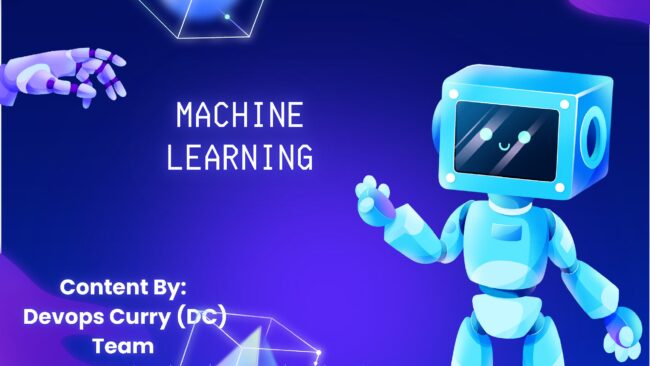What is Machine Learning?
Machine Learning deviates from Artificial Intelligence and computer science by focusing entirely on algorithms and data, akin to how humans acquire skills—constantly upgrading accuracy. In 1959, Arthur Samuel coined the term “Machine Learning.” He worked at IBM and possessed exceptional skills in artificial intelligence and computer science. In other words, it’s a tool designed to solve problems and automate tasks and business operations, playing a pivotal role in data science. Mathematician Alan Turing stated that pondering whether machines can think is a waste of time. He proposed a game wherein players engage in written conversations—one with a machine and the other with a human—to determine which is which, testing artificial intelligence. Our lives become more complex without machine learning, given its integration into our daily routines.
According to Wikipedia:
Machine Learning (ML) is a field within artificial intelligence concerned with developing and studying statistical algorithms capable of generalizing effectively, performing tasks without explicit instructions.
In simpler terms, Machine Learning enables decision-making and pattern recognition without explicit programming for each task, akin to a computer. Although the concept of machine learning is ancient, it has gained significant popularity in recent years.
How Does Machine Learning Work?
As discussed earlier, machine learning is a subset of Artificial Intelligence. It involves learning from data to enhance the latest machine learning algorithms. Initially, the process begins by inputting training data into specific algorithms. This data, like a collection of photos, needs analysis to determine its type and intended use. The system then identifies patterns such as shape, size, and color, utilizing these to predict and categorize different types of fruits, for instance. These decisions are stored to facilitate learning, enabling quicker predictions the next time a similar task is performed. This encapsulates how machine learning operates.
The entire process explained above is also depicted in the image below.
[Image Credit: https://www.spiceworks.com/tech/artificial-intelligence/articles/what-is-ml/#lg=1&slide=0]
Types Of Machine Learning
Primarily, Machine Learning encompasses three types:
- Supervised Learning
- Unsupervised Learning
- Reinforcement Learning
1. Supervised Learning:
This involves training a model on a labeled dataset to predict outputs based on provided training. The objective is to learn the relationship between input and output data. The labeled dataset ensures supervision, with parameters (output, input) already defined.
Example Of Supervised Learning:
For instance, consider a dataset of car images. The machine is trained to understand features like color, brand, and size. Post-training, when presented with a new car image, the machine analyzes characteristics to make predictions, demonstrating how supervised machine learning detects objects.
2. Unsupervised Learning:
This type employs unlabeled datasets for machine training. Models learn from previous data, identifying patterns and organizing the data without supervision. The goal is to group unsorted datasets based on input differences, comparability, and patterns.
Example Of Unsupervised Learning:
In the car image example from supervised learning, unsupervised learning involves the model recognizing image patterns without predefined labels, categorizing based on observed differences, and making predictions.
3. Reinforcement Learning:
Here, agents learn decision-making by interacting with the environment, learning through trial and error. Feedback from actions helps in decision-making, aiming to maximize rewards.
Examples of reinforcement learning applications include Robotics, Game Playing, and Autonomous Driving.
Machine Learning Applications
Machine learning finds applications across various domains:
Healthcare Diagnostics: Machine learning plays an important role in healthcare sector as it helps in find out drugs, disease prediction, search medical image( such as X-ray, MRI ) and personalized medicine by searching patient data to help in treatment plans and in diagnoses. MI also permit the medical professionals to findout the exactness life of a patients who are suffering from fatal diseases.
NLP (Natural Language Processing): Machine learning helps in NPL to understand and generate human language . There are some application such as chatbots, speech recognition, language translation and sentiments analysis etc. Machine learning plays a very vital role in a sector NLP.
Finance Sector: In today’s era, many banks and financial organization utilizes ML to utilize for fraud detection, risk assessment, credit scoring, algorithmic trading and portfolio management to examine patterns and to guess in the market of financial. As I am taking an example of PayPal, it utilizes various machine learning tools to convert between to fraudulent and legitimate transactions between sellers and buyers.
Conclusion:
Machine learning, a transformative force across industries, aids in decision-making and technological interaction. Its applications—from healthcare to finance, personalized recommendations to autonomous vehicles—are vast and valuable, serving as a tool to solve problems and automate tasks and business operations.

